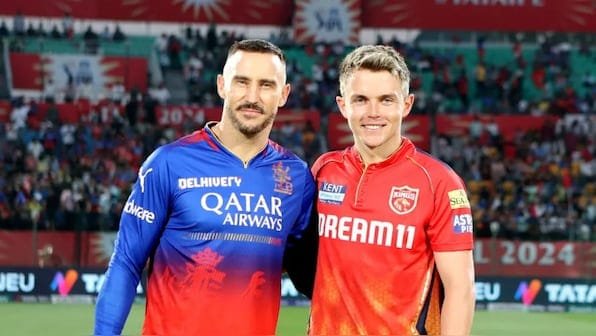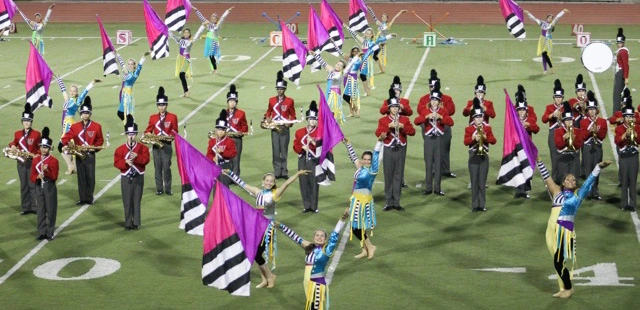What is a 3G Football Pitch? A Beginner’s Guide to Modern Football Surfaces

A 3G football pitch is a third-generation synthetic turf surface that combines artificial grass with a rubber and sand infill. It offers year-round usability, consistent playing conditions, and is widely used by schools, clubs, and training academies.
Table of Contents
Why 3G Pitches Matter Today
Football is more than just a game—it’s a year-round passion. But weather, muddy fields, and uneven surfaces can disrupt play and increase injury risks. That’s where 3G football pitches come in. In this guide, you’ll learn what a 3G pitch is, how it works, and why it’s become the top choice for modern football facilities.
Whether you’re a school administrator, club coach, or facility manager, this article gives you a clear, simple explanation of 3G pitches—without the jargon.
What is a 3G Football Pitch?
A 3G football pitch, short for third-generation synthetic pitch, is an artificial grass surface made to replicate the look and feel of natural grass. What makes it “3G” is its combination of:
- Long artificial grass fibres
- Sand infill for stability
- Rubber crumb infill for shock absorption
This blend creates a surface that mimics real grass while offering better durability and all-weather usability.
Key Features of a 3G Pitch

Here’s what sets 3G pitches apart from earlier generations:
| Feature | Description |
| Surface | Synthetic grass with sand and rubber infill |
| Shock Absorption | Reduces joint strain and risk of injury |
| Weather Resistance | Usable in rain, frost, and even snow |
| Maintenance | Lower than grass, but regular brushing is needed |
| FIFA Approval | Some meet FIFA Quality standards for match play |
Benefits of a 3G Football Pitch
Installing or using a 3G pitch comes with many advantages:
Year-Round Play
No more cancelled games due to waterlogging or frozen turf.
Lower Maintenance
No mowing or reseeding. Just regular brushing and infill checks.
Injury Reduction
Softer impact reduces joint and muscle strain.
Versatile Usage
Suitable for 5-a-side, 7-a-side, and full 11-a-side games.
Cost-Effective
Long-term savings compared to the upkeep of natural grass.
3G vs 2G vs 4G: What’s the Difference?
| Type | Infill | Sport Suitability | Maintenance |
| 2G | Sand only | Hockey, some football | Low |
| 3G | Sand + rubber | Football, rugby | Moderate |
| 4G | No infill | Still under review | Low |
Note: While “4G” pitches are often advertised, no sports governing body officially recognises them yet. The term is mostly marketing.
Who Uses 3G Football Pitches?
- Schools and Universities – For physical education and training
- Local Clubs – Year-round access for practices and games
- Professional Teams – Especially for training grounds
- Community Centres – For multi-sport and hire-out events
Are 3G Pitches Safe?
Yes—when properly installed and maintained, 3G pitches are safe and FIFA-approved. Some players prefer natural grass, but studies show that injury rates are similar or even lower on 3G surfaces. They are also designed to reduce stud locking, a common cause of ankle injuries.
How to Maintain a 3G Pitch
Even though they’re low maintenance, 3G pitches do require regular care:
- Brush the surface to keep fibres upright
- Check and top up the infill
- Clean debris and litter
- Schedule annual professional inspection
Proper care extends the pitch’s lifespan—typically 8–10 years.
Conclusion
If you’re looking for a football surface that offers realistic play, low maintenance, and year-round use, a 3G pitch is your best bet. It combines technology, safety, and performance all in one surface.
Considering a 3G pitch for your school, club, or facility? Contact a certified turf installer to explore options and get a custom quote today.
FAQs About 3G Football Pitches
It stands for third-generation synthetic turf, using long fibres with sand and rubber infill for a natural feel.
Yes, but only moulded or rubber studs. Avoid metal studs, as they can damage the turf.
Yes, many 3G pitches meet FIFA Quality Pro or FA guidelines and are used in competitive games.
Prices vary, but typically range from £300,000 to £500,000 for a full-size pitch in the UK.
AstroTurf is a brand of first-generation artificial turf, short and hard. 3G is more advanced, softer, and better for football.






